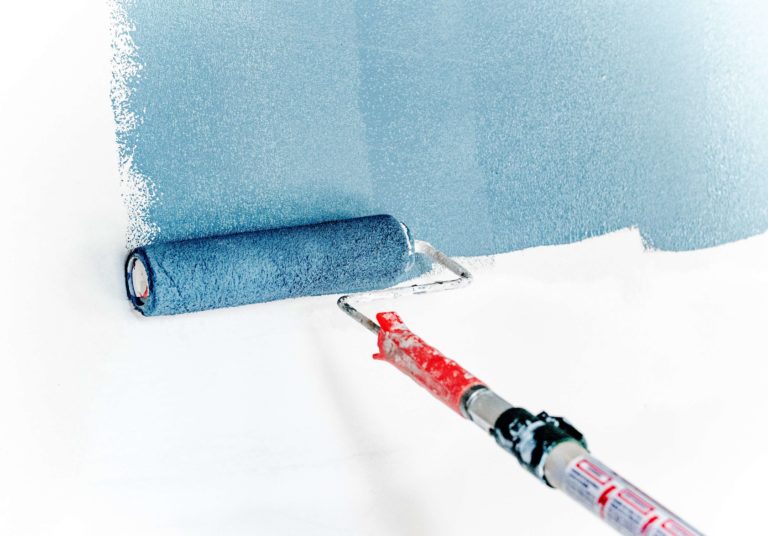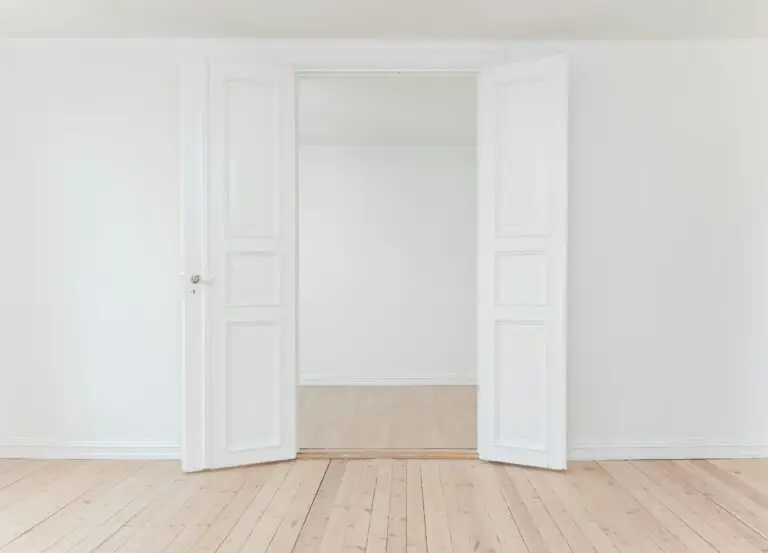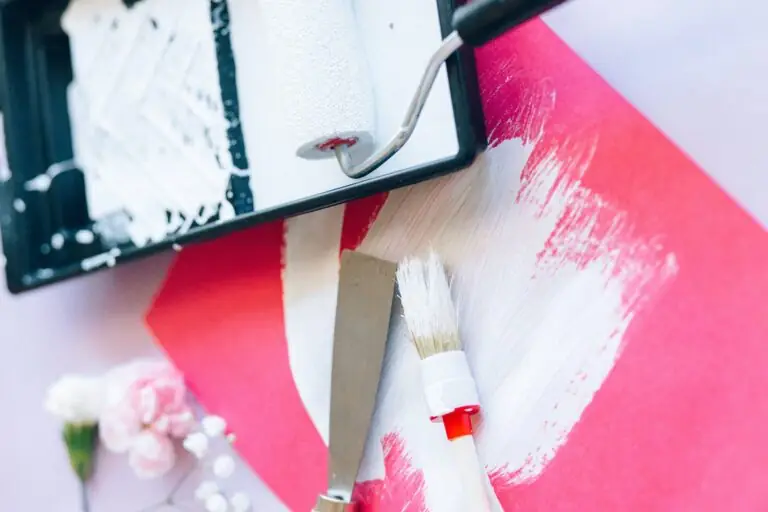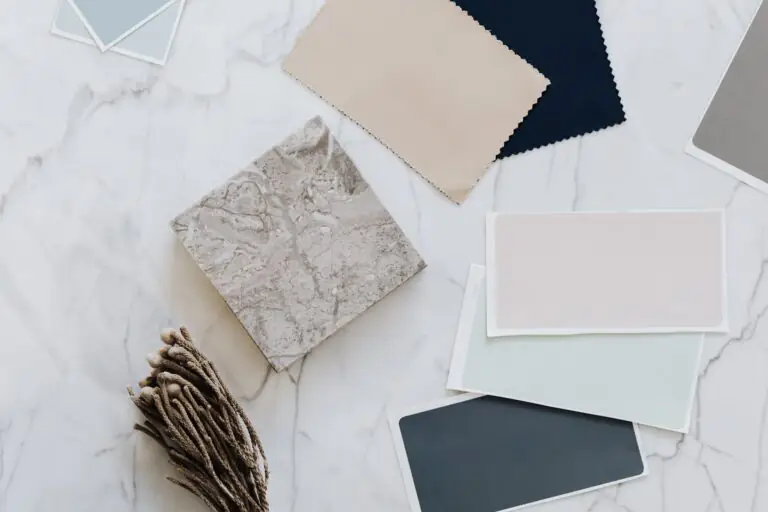Wall painting: 11 mistakes you should avoid

Even a professional painter can ruin the result with the smallest mistake. That’s right! Panting may be quite tricky! We don’t promise you will become a pro after going through this article, but you will surely learn some useful things about wall painting – to be precise, you will find out the mistakes to avoid so that you will be prepared for your next encounter with the brush and paint can.
Storing the paint cans inappropriately
Even before starting painting, think about where the paint cans have been standing unless you buy new ones. This can influence the final result since paint tends to change its compositions under particular conditions.
Usually, paint cans are kept indoors, far from extremely hot or cold weather as well as far from moisture, to avoid rust. To make it clear, a dry place with a temperature between 41°F and 95°F (5°C and 35°C) is perfect.
Cutting costs on paint brushes
The brush quality should not be underrated. Would you like to encounter such problems as weak brushes that don’t absorb the paint, naughty bristles that get stuck in the paint, or uneven brush edges that leave uneven lines? We bet you don’t. Consider quality brushes that you can use again and again and be content with the result.
Not preparing the wall correctly
Before applying the paint to the wall, make sure it is clean. No cobwebs, no dirt, no dust, and most importantly, no mold. Painting over a well-prepared surface is halfway to success. Back to mold, if you decide to paint it over, you will only make the situation worse than it is. Treat the surface with special products and get rid of the mold before putting the paint into practice.
Choosing the wrong type of paint for a particular space
You don’t just go with one type of paint for all rooms and achieve a similarly perfect result. What paint fits what space? For the kitchen, go with stain-resistant and washable paint. The dining room appreciates the use of moisture-resistant and smooth types. The living room works undoubtedly with paints that suit high-traffic areas, while long-lasting paints that don’t require fast repainting fit the bedroom.
Going with the wrong color
Even if you are sure, don’t risk the result. Before painting the walls in a particular shade, experiment with a sample and notice how the color behaves during the day, at night, and under particular lighting conditions. Make sure it suits your preferences, and go safely with the chosen color only after that.
Not removing the glossy finish
If you decide to paint the walls covered in another paint with a glossy finish and leave it as it is, the new paint will not cover the surface evenly, and you will end up with an unfinished-looking effect. Use a deglosser to prepare the surface and enjoy the process of painting.
Taking it seriously with overbrushing
As fast as you load the brush, cover a part of the wall and spread it evenly. Don’t go too extra with brushing it over again and again, particularly when the paint starts to dry. Avoid leaving marks and uneven areas on the wall by working fast and efficiently with the brush.
Painting in poor light
It may seem perfect in dim light or poorly lit spaces, but once the morning comes, all imperfections come to the surface and leave you with an unexpected result. Make sure you paint the walls in natural lighting or use bright artificial light sources that would ensure a flawless result.
Starting the paint job without tape
Regardless of how careful you are, don’t hesitate to use the tape around window frames and baseboards to make sure you get a clean result. Furthermore, the painting process will seem easier, and you will not have to worry about cleaning the surfaces you did not plan to paint.
Not removing the tape after finishing the painting process
If you forget or intentionally leave the tape long after finishing the paint job, you risk encountering an unpleasant situation. The dry paint may peel off once you remove the tape, and an overpainting of the spot would not solve the problem.
Applying the second coat faster than required
If you cannot wait to finish the work and apply the second coat as fast as you consider appropriate, you risk spoiling the whole work you have done so far. Be patient, and let the first coat dry completely before applying the second one. Usually, the paint cans provide information about the waiting period. If not, consider 24 hours before going for the second round of color.



